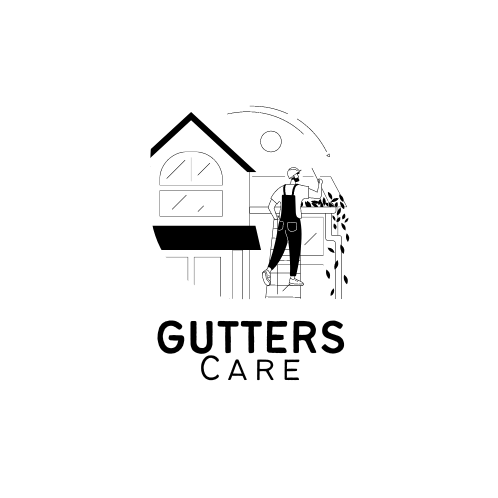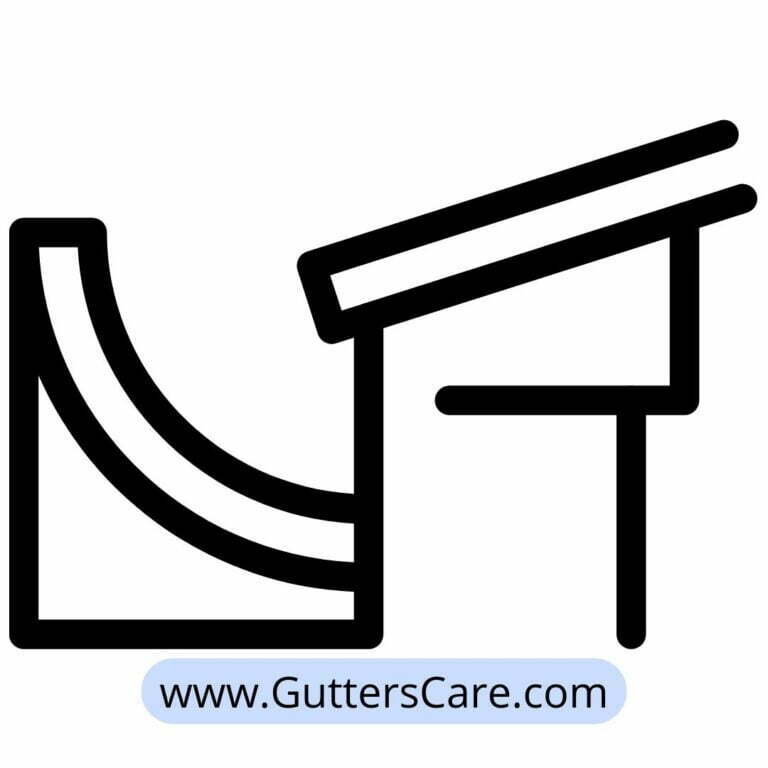What is a Rain Gutter?
A rain gutter is a component that makes up a building’s water discharge system, also known as an eavestrough, eaves-shoot, or surface water collection channel.
Water must be stopped from dripping or flowing off roofs in an uncontrolled manner if it is to be prevented from doing any of the following: damaging the walls, drenching people standing below or entering the building, and directing the water to an appropriate disposal site where it will not damage the foundations of the building.
All of these things must be avoided at all costs.
It is vital to remove water from a flat roof in order to prevent water from entering the structure and to avoid the accumulation of an excessive amount of weight.
The water that runs off of a pitched roof collects in a valley gutter, a parapet gutter, or an eaves gutter before reaching the ground.
Other names for an eaves gutter include:
- Eavestrough (particularly in Canada)
- Rhone (Scotland)
- Eaves-shoot (Ireland)
- Eaves channel
- Dripster
- Guttering
- Rainspouting
- Or simply a gutter
In Ireland, an eaves gutter is also called an eaves-shoot. The Latin term gutta, which is translated as “a droplet,” is where we get the English word gutter.
In its oldest iteration, guttering was implemented using lined troughs made of stone or wood.
In pitched valley gutters, lead was a common liner material and it is still used today. Cast iron, asbestos cement, UPVC (PVCu), cast and extruded aluminum, galvanized steel, wood, copper, zinc, and bamboo are only some of the many materials that have been used to produce guttering. Other materials include asbestos.
The Purpose of Gutters on Homes and Buildings
Gutters keep rainfall away from the exterior of the walls and their foundations, preventing water penetration into the fabric of the building.
The presence of moisture in the affected rooms as a result of water running down the walls creates an environment that is conducive to the growth of mold and promotes wet rot in the timber.
A rain gutter can be any of the following:
The integrated trough of the roof runs along the bottom border of the roof slope and is formed from the materials that are used for the roof covering and the flashing.
A recessed channel made of metal or another material that extends beyond the edge of the roof and is positioned below the anticipated slope of the roof.
Wall integral structure situated beneath the roof edge, traditionally made of masonry and fashioned as the wall’s crowning part Wall integral structure situated beneath the roof edge, traditionally made of masonry
In order for rainwater to properly drain off of a roof, it needs to be designed with an appropriate slope. The water collects in a gutter, and then it is carried away by a downpipe.
A waterproof surface and a finished fall of at least one inch every eighty feet are requirements for a flat roof. They can drain internally or to an eaves gutter, which must have at least a one-to-three-hundred-and-sixty-degree slope leading to the downpipe.
The type of material used in the covering’s construction will define the pitch of a roof with a pitched profile. This will be set at a rate of 25% for slate, while the rate for tiles created by machine will be 35%. When rain falls, it funnels into either a valley gutter, a parapet gutter, or an eaves gutter.
When two pitched roofs meet at an angle, they produce a pitched valley gutter; the junction is sealed with valley flashing to prevent water from entering.
At the end of the run, the rainwater from the parapet gutters and valley gutters flows into either the internal rainwater pipes or directly into the external downpipes.
An important element of the design to take into account is the capacity of the gutter. After determining the area of the roof (in meters), one multiplies this value by the estimated rainfall rate (in liters per second per meter squared), which is 0.0208. This provides an estimate of the necessary discharge outfall capacity. (litres/sec).
The British Standards Institute notes that an indicative storm in Essex, (annual rainfall 500mm per annum) delivers 0.022 L/s/m2, while one in Cumbria (annual rainfall 1800mm per annum) delivers 0.014 L/s/m2. Rainfall intensity, the amount of water likely to be generated in a two-minute rainstorm, is more important than average rainfall.
Cast iron, lead, zinc, galvanized steel, painted steel, copper, painted aluminum, PVC (and other plastics), and occasionally concrete, stone, and wood are some of the materials that can be used to make eaves gutters. Other materials that are occasionally used include concrete and wood.
The water that is gathered by a rain gutter is transported from the edge of the roof to the foundation of the building, where it is either discharged or collected, typically by the use of a downpipe, which is also known as a leader or conductor.
The downpipe can end in a shoe and discharge directly into the surface; however, if modern building methods were used, the downpipe would be connected through an inspection chamber to a drain that went to a surface water drain or soaked away instead of directly discharging onto the surface.
Another option would be to connect it to a combined drain via a gulley (u-bend) that has a water seal of 50 millimeters. A rain barrel or a cistern are two options for collecting the water that is collected from rain gutters.
The openings in rain gutters can be covered with louvers, solid hoods, micro mesh screens, or gutter screens to prevent debris from getting into the gutters while still allowing water to drain off the roof.
Additionally, clogged gutters can cause water to leak into the building since the water will back up in the gutters. Additionally, clogged gutters can lead to a buildup of stagnant water, which in some climates is an ideal breeding ground for mosquitoes.
Recent Blog Posts
- Ultimate Guide to the Best Rated Leaf Guards for Gutters
- Ultimate Guide to Installing Leaf Gutter Guards: Say Goodbye to Clogged Gutters!
- Safe Haven Gutters vs. DIY: Which Is the Best Shield for Your Home?
- Ultimate Guide to Essential Gutter Cleaning: Tips, Tools, and Techniques
- Dangers of Stagnant Water in Gutters: Causes, Effects, and Solutions
- How Grey Gutters on a White House Transform Your Home’s Exterior
- Ultimate Guide to Norandex Gutter Guards: The Solution to Your Home’s Gutter Problems
- LeafFilter Consumer Reports: Ultimate Guide to Gutter Protection
- Revolutionizing Your Home: Gutter Solutions and Home Improvements
- Definitive Guide to Seamless Gutter Installation: Tips, Costs, and Benefits
- Ultimate Guide to Gutter Services: Installation, Maintenance, and Repair
- Everything You Need to Know About Gutter Installation Services






